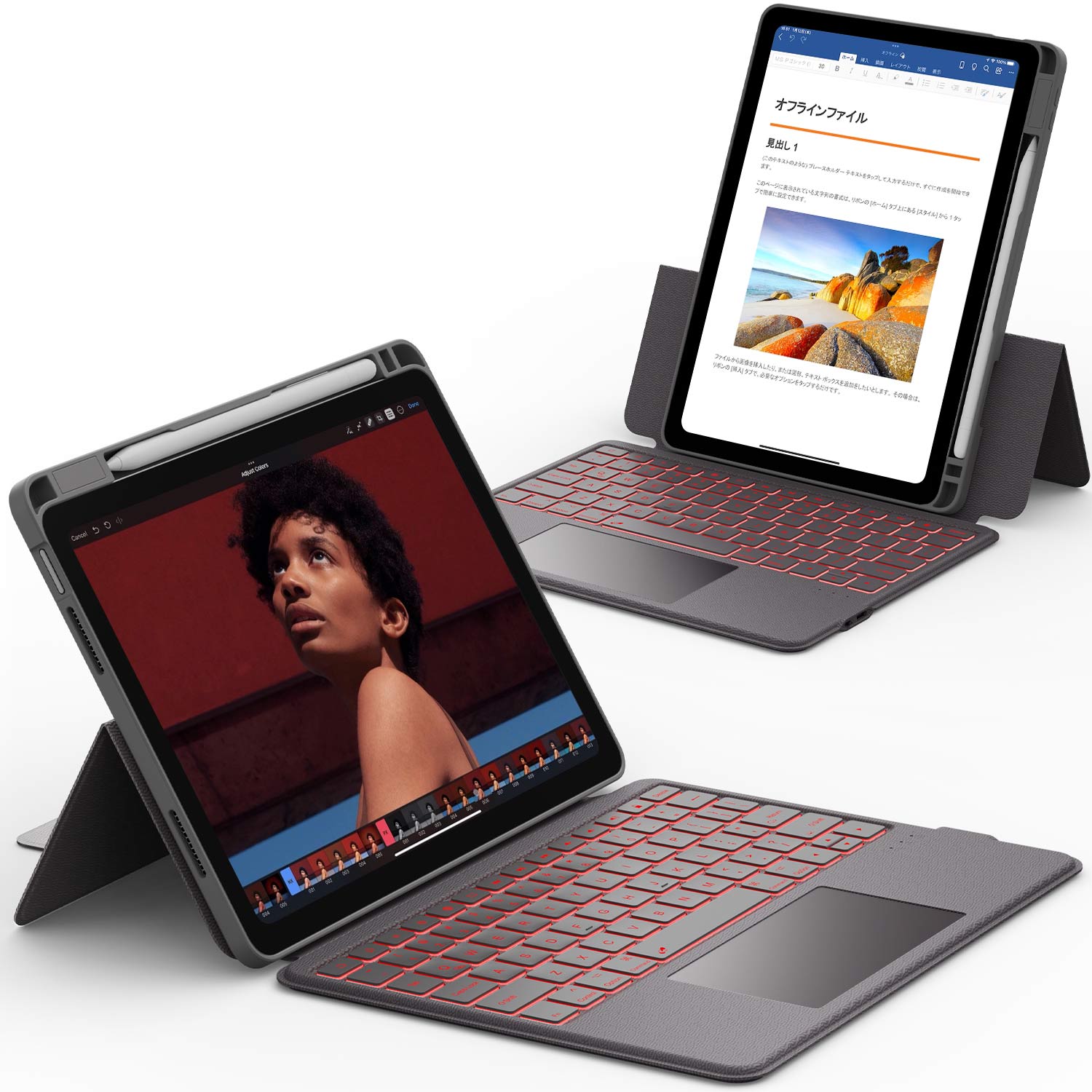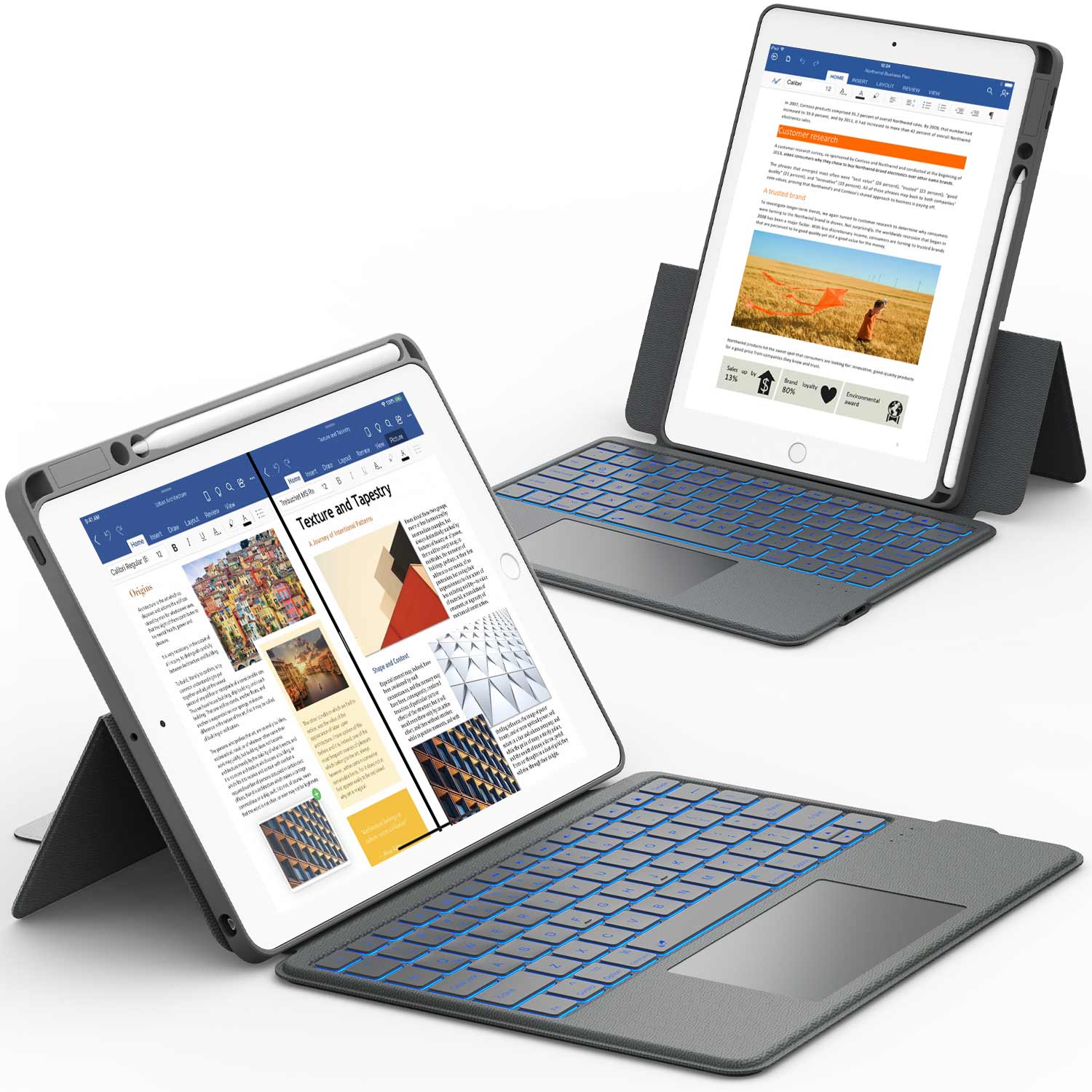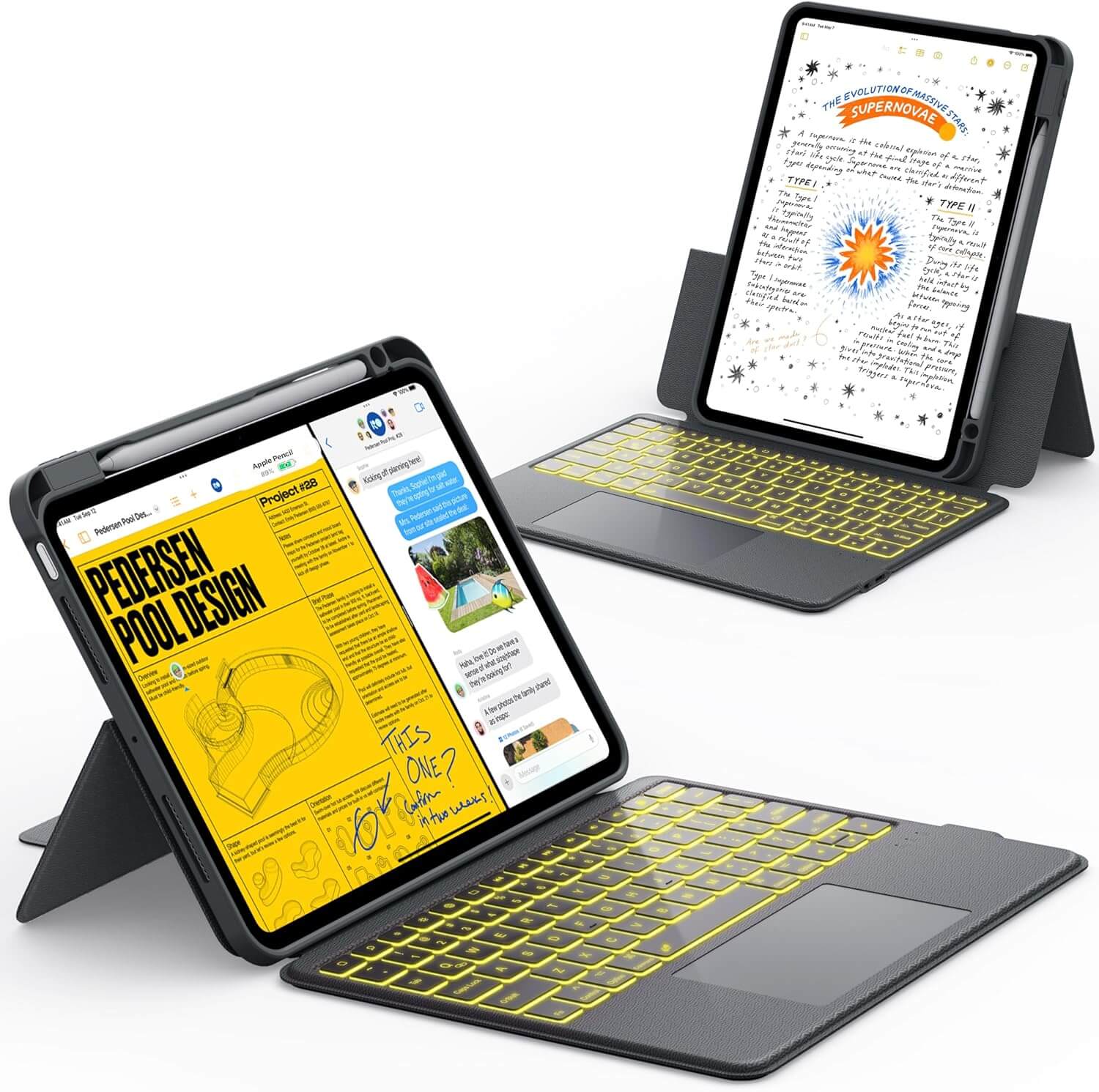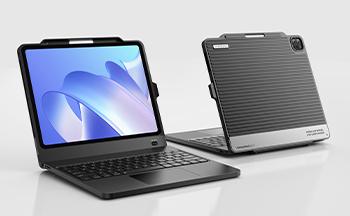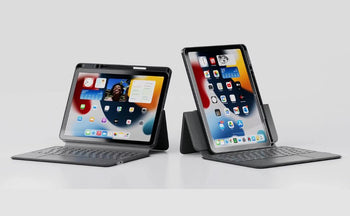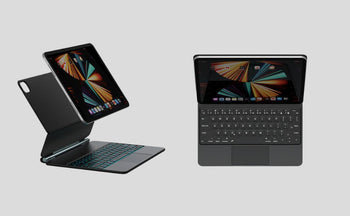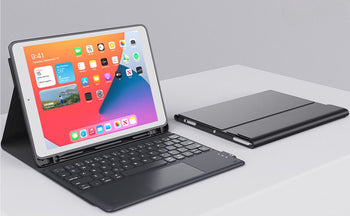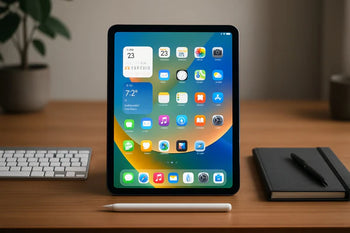If you want to create an app for smartphones, you’ll quickly face a big question: Should you build for Android or iOS? Each platform is powerful but has unique challenges when it comes to design, coding, time, costs, and even reaching the right audience.
Knowing these differences can help entrepreneurs, businesses, and developers make smarter choices before investing money or time.
In this guide, we’ll break down the 5 major differences in Android and iOS app development, so you can decide which path matches your goals, budget, and users.
Quick Takeaways ⚡:
- Coding languages differ: iOS uses Swift or Objective-C, Android uses Kotlin or Java.
- Design philosophies differ: Android follows Material Design, iOS uses Apple’s Human Interface Guidelines.
- Development speed varies: iOS apps often take less time because there are fewer devices to support.
- Testing differs: Android testing is harder due to device variety, while iOS testing is more controlled.
- User behaviors differ: iOS users spend more on apps, while Android dominates global market share.
🔥 You May Want To Shop 🔥
Why Understanding Android and iOS Development Differences Matters
App development is not just about coding; it’s about strategy. Choosing the wrong platform in the early stages can result in wasted resources, higher developer costs, or an app that fails to connect with your audience.
For example:
- If your app focuses on premium subscriptions, iOS may bring you more paying customers.
- If your goal is global reach and downloads, Android will likely deliver a larger audience.
- If you’re aiming for speed and simplicity, building for iOS first is usually less complex.
When you understand the differences between Android and iOS, you can budget smarter, design better, and plan for growth.
📌Also Read: 5 Key Differences: Samsung Tablet vs iPad
Android and iOS App Development: 5 Major Differences

Android and iOS app development differ mainly in programming languages, design styles, and device compatibility, with iOS using Swift and Android relying on Java or Kotlin.
These differences affect how apps are built, tested, and maintained, making iOS development simpler in some ways and Android more flexible but complex.
1. Programming Languages and IDEs
The heart of any app is its code. Android and iOS use different programming languages and toolsets.
iOS app development:
- Uses Swift (modern, safe, fast) or Objective-C (older but still relevant).
- Development environment: Xcode, Apple’s dedicated IDE (Integrated Development Environment).
- Learning curve is easier for Swift vs Objective-C.
Android 🤖 app development:
- Uses Kotlin (Google’s recommended language) or Java (still widely used).
- Development environment: Android Studio, which is powerful for debugging and emulators.
- More coding flexibility, but also more complexity because of multiple device compatibility.
Why it matters:
- Swift is often faster to write and debug compared to Java.
- Android’s open-source ecosystem offers more customization, but this can also add extra work.
- Companies may spend more time finding Android developers since Kotlin is newer compared to Java.
📌Also Read: Chromebook vs iPad (2025): Which Is Best for School & Work
2. Design Principles and UI Guidelines
An app’s design influences whether people enjoy using it. iOS and Android follow different user interface (UI) rules.
iOS (Apple’s Human Interface Guidelines):
- Simple, clean, consistent layouts.
- Emphasis on minimalism and intuitive navigation.
- Apps look uniform across multiple devices for a seamless experience.
Android (Google’s Material Design):
- Flexible layouts that adapt to many screen sizes.
- Bold colors, layers, and floating action buttons.
- More customizable elements, allowing brands to stand out.
Why it matters:
- If you’re designing an app to look identical on all devices, iOS is more predictable.
- If your brand wants flexibility with custom visuals, Android offers more creative options.
- Designers often need separate mockups for each platform to follow their respective rules.
3. Development Cost and Time Differences
Cost and development speed play a big role in choosing the platform.
iOS development:
- Faster builds due to fewer devices and screen sizes.
- Apple has limited device variety compared to Android.
- Smaller testing requirements mean reduced development costs.
Android development:
- Longer timelines due to fragmentation (hundreds of screen sizes and devices).
- More testing devices are required to ensure smooth functionality.
- Development costs are higher because QA (Quality Assurance) takes longer.
Important notes for businesses:
- On average, completing an iOS app takes about 30% less time than a similar Android project.
- Maintenance tends to cost more for Android apps due to software updates across different brands.
📌Also Read: Top iPad Apps for Coding this 2025
4. Testing and Quality Assurance
Testing is critical for catching bugs before users see your app. Android and iOS differ greatly here.
iOS testing:
- Limited devices (iPhone, iPad models).
- Apple’s updates are consistent, rolled out across devices regularly.
- Uses XCTest for UI and unit testing.
- Easier quality control overall.
Android testing:
- Over 24,000 device types exist worldwide with varying screen sizes and specs.
- OS updates vary by manufacturer, making app testing harder.
- Uses Espresso, Robotium, and multiple third-party frameworks.
- Requires more time and real device testing.
Why it matters:
- Bugs are easier to find and fix before launch on iOS.
- Android requires extra investment in testing and QA cycles.
- Businesses may need device labs or larger QA teams for Android projects.
5. User Demographics and Monetization
At the end of the day, knowing your audience is key. Android and iOS attract different users and revenue behaviors.
Market share:
- Android controls 70–75% of the global market.
- iOS dominates in regions like North America, Japan, and Western Europe.
User spending habits:
- iOS users spend 2x more on in-app purchases and paid apps.
- Android users generate more downloads, but much of the revenue is ad-based.
Demographics:
- iOS users often skew toward higher income groups and urban areas.
- Android attracts wider demographics and emerging markets.
Why it matters:
- Launching on iOS may bring higher-paying users.
- Launching on Android ensures higher overall reach and exposure.
- Many companies choose to build for both eventually, but budget decides who goes first.
📌Also Read: Will Galaxy Tab S9 Get Android 16? Here’s What We Know
Conclusion
App development is not a one-size-fits-all process. While Android and iOS app development share the same core goal—building apps that help people—they do it in very different ways.
We examined how coding languages, design guidelines, costs, testing challenges, and monetization opportunities differ across platforms. If you focus on premium users, start with iOS. If global reach is your priority, Android is the better entry point.
Choosing the right platform is the first step to a successful app. With the right strategy, you can expand later and enjoy the best of both worlds.
👉 Ready to complement your workflow with productivity gear? Explore these handpicked collections:
FAQs About Android and iOS App Development
Which is easier to develop for, Android or iOS?
Both are approachable, but iOS has fewer device types to support, which can simplify testing. Android offers more device sizes and vendors, so you plan for more screen and hardware variation. iOS uses Swift or SwiftUI in Xcode. Android uses Kotlin in Android Studio with Jetpack tools.
Which platform is better for startups?
Choose based on your target users and business model. iOS often brings higher in-app spending and a consistent device base, which is good for paid apps or subscriptions. Android reaches a larger global audience at many price points, which is ideal for scale and ad-supported models. Many startups validate on one platform, then expand.
Do Android apps cost more to build than iOS apps?
Costs depend on features, design, and team rates, not just the platform. iOS can be slightly faster to test due to fewer devices, while Android may need more QA for screen sizes and hardware. For most projects the difference is small. Scope, backend complexity, and integrations drive the budget.
Should I build an Android app or an iOS app first?
Build where your primary users are. If you target North America or revenue from subscriptions, iOS first can make sense. If you target global markets or need broad reach, Android first may be better. Start with a focused MVP, measure results, then add the second platform.
How can I develop an app for both Android and iOS?
Use a cross-platform framework like Flutter or React Native to share most code while keeping a native feel. Keep platform-specific parts for features like payments, widgets, or device APIs. Design a shared backend and analytics from day one. Test on real devices for both stores before launch.
Are Android development and iOS development similar?
Core ideas are the same, like screens, navigation, networking, and storage. The tools and languages differ, with Kotlin and Android Studio on Android, and Swift and Xcode on iOS. Design rules also differ, such as Material Design versus Apple’s Human Interface Guidelines. Good engineering practices carry over on both platforms.
